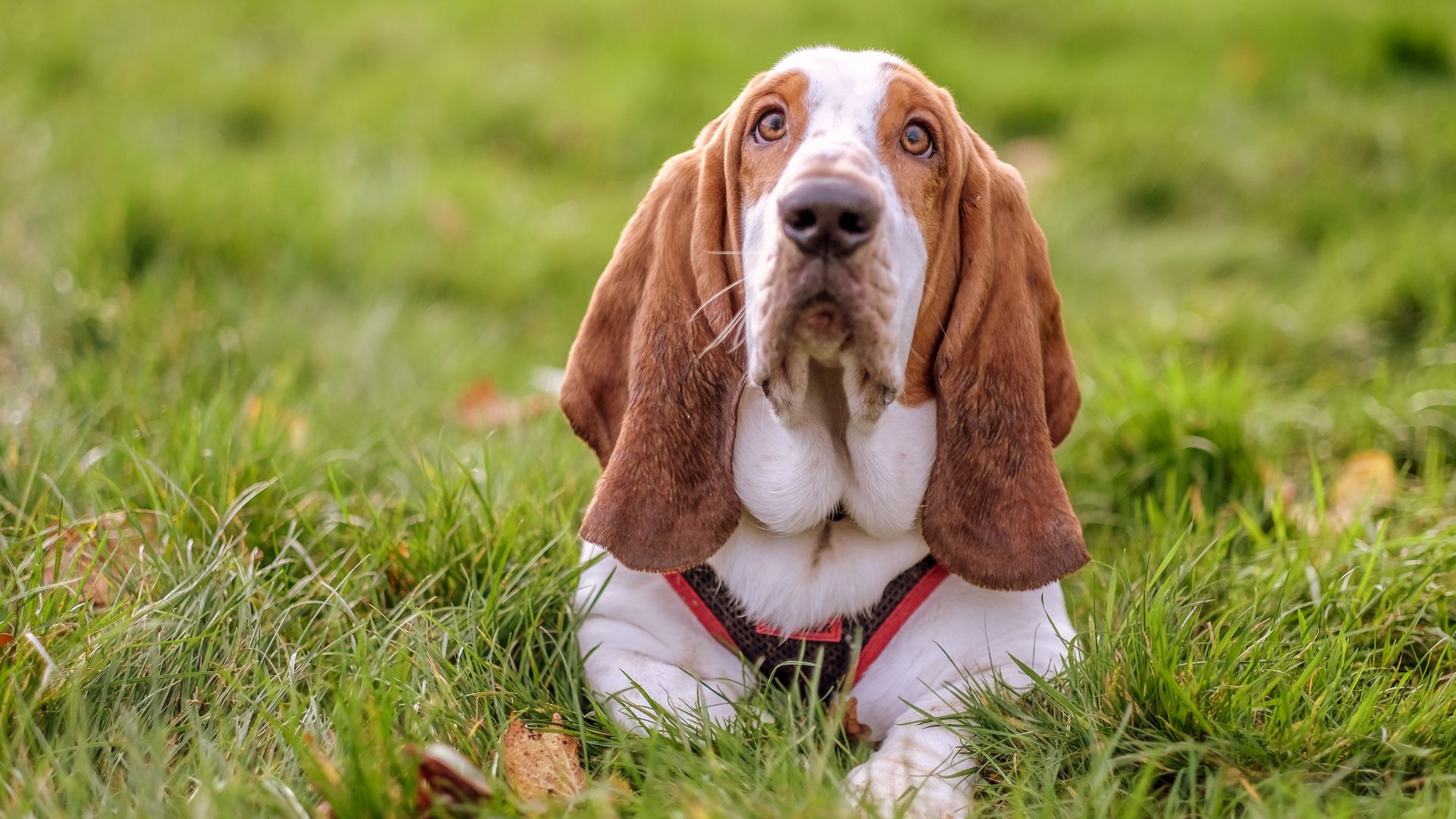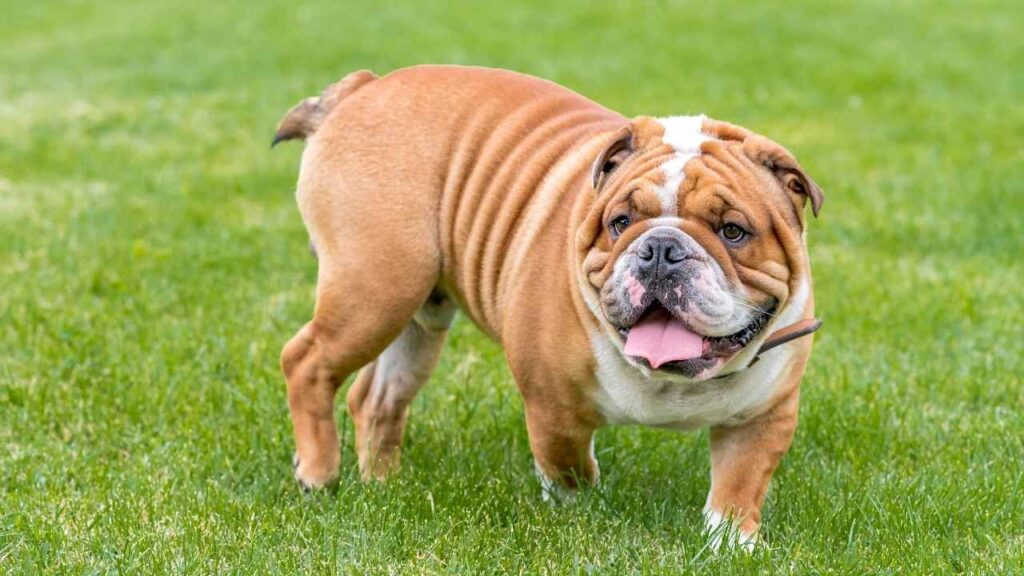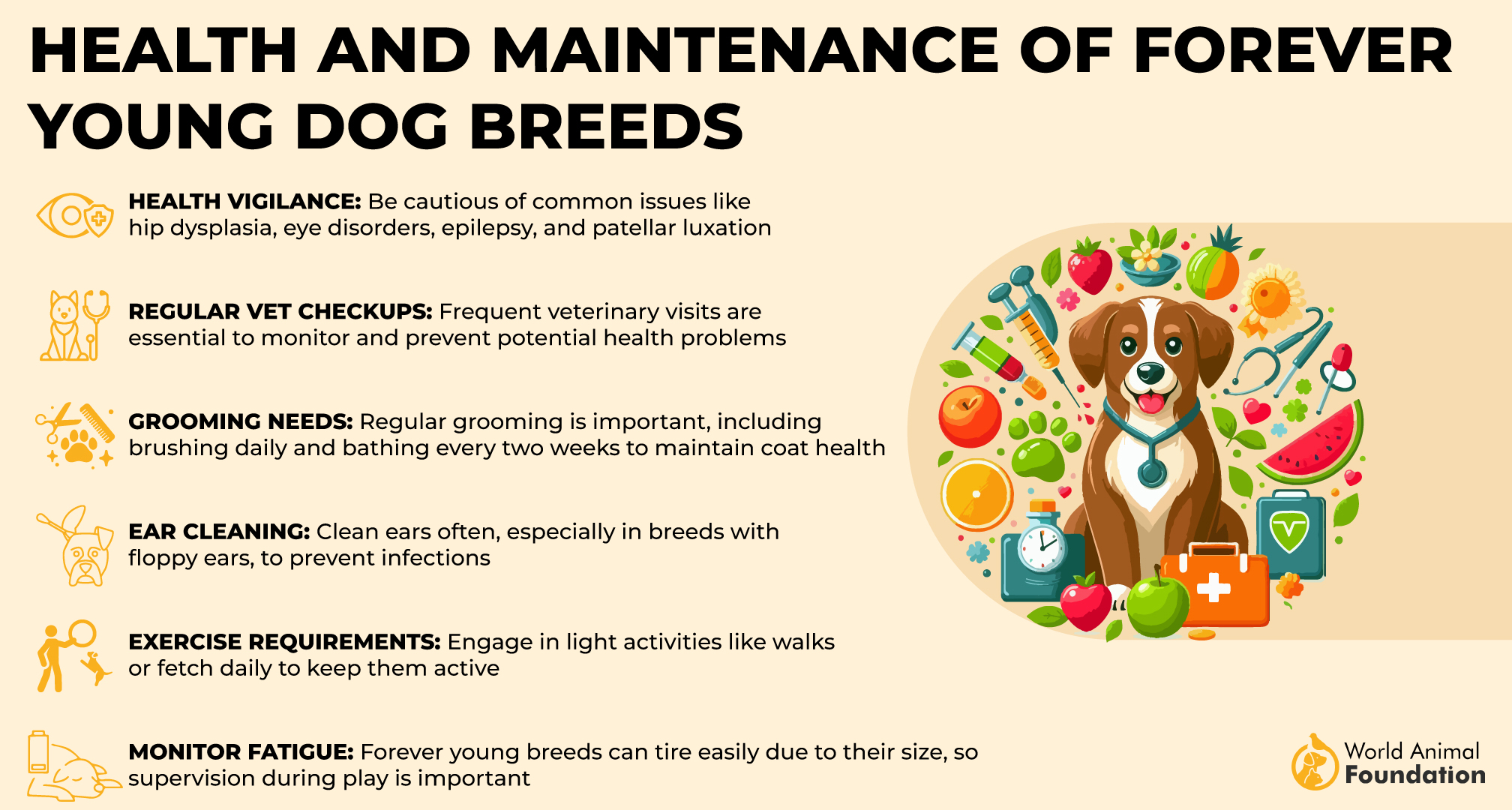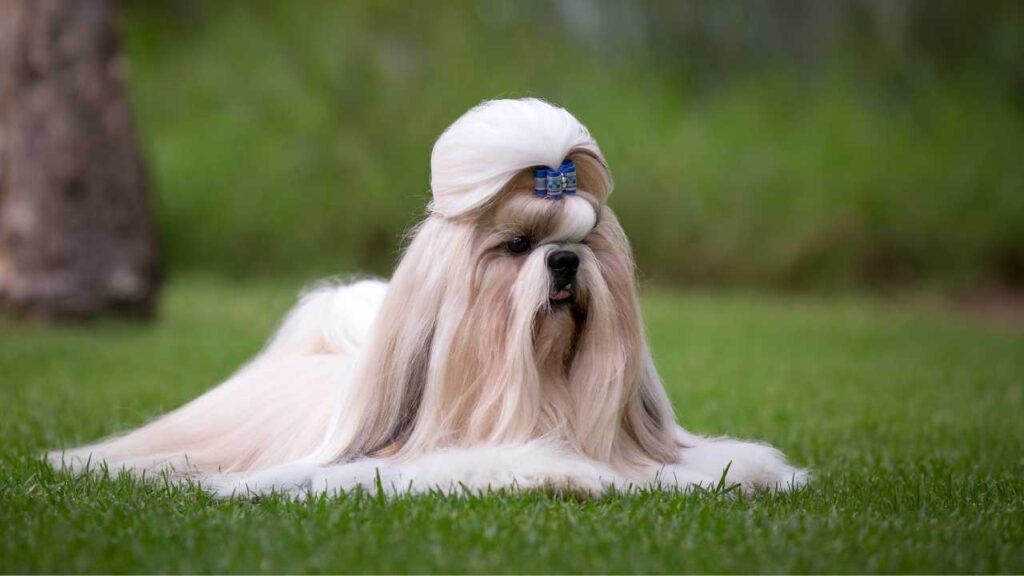Dogs come in all shapes and sizes, with each breed possessing unique characteristics, including their ever-charming ears. However, those floppy, droopy, or tightly curled ears can sometimes spell trouble, making them more prone to infections, wax build-up, and other ear-related ailments. For pet owners, understanding the specific ear care needs of their four-legged companions is crucial. In this guide, we delve into seven dog breeds known for having challenging ear types, providing essential tips and advice on how to give them the extra care they deserve to ensure their ears remain healthy and infection-free.
If you’re a pet parent, you know that maintaining your dog’s ear health can be quite a challenge. Some dog breeds are particularly susceptible to ear infections due to their unique ear structures and genetic makeup. From long, pendulous ears to hairy ear canals, certain physical characteristics can make some breeds more prone to ear problems than others.
According to PetMD, dogs with floppy ears are especially vulnerable to developing ear issues due to reduced airflow and increased moisture retention. Understanding dog ear infections and which breeds are at higher risk can help care for your furry friend and prevent serious ear conditions.
In this comprehensive guide, we’ll explore seven dog breeds that are particularly prone to ear infections, along with expert advice on maintaining ear health and recognizing early warning signs of problems.
Dog Breeds With Bad Ears
1. English Bulldogs
The English Bulldog is one of the breeds at risk of ear infections due to their unique head structure. Their wrinkled skin and narrow ear canal create an environment where bacteria and yeast can thrive. These beloved companions often show signs of discomfort through excessive scratching and head shaking.
The shape of their ear flap, combined with environmental factors, makes them particularly susceptible to ear disease. Pet parents should be vigilant about keeping their bulldog’s ear canal clean, as the combination of skin folds and moisture can lead to persistent problems.
As noted by VCA Hospitals, these dogs have a genetic predisposition to ear infections, making regular cleaning and monitoring essential. Watch for symptoms like scratching, redness, unusual discharge, swelling, or strong odors, which may indicate a developing infection.
2. Basset Hound
The beloved Basset Hound is perhaps the poster child for breeds with challenging ears. Their long, pendulous ears are prone to trapping moisture and debris, creating an ideal environment for ear infections. Their low-hanging ears require particular attention to prevent otitis externa.
These hounds need frequent ear maintenance and treatment as their ear flap structure can harbor bacteria and yeast infections. The dog’s ear length makes cleaning even more crucial because of their love of swimming and outdoor activities.
Regular visits to the veterinarian are essential because if left untreated, ear problems can progress to more ear infections, bacteria, allergies, and serious conditions. Pet owners should be particularly attentive to any signs of ear scratching, swelling, redness, discharge, or unusual behavior.
3. Bloodhound
The majestic Bloodhound, with its distinctive long ears, is one of the dogs breed prone to ear infections. Certain breeds with substantial ear leather require meticulous care to prevent ear infections and allergies. Their ears and deep ear channels create perfect conditions for infection development.
These dogs need regular ear maintenance and treatment to prevent ear mites, environmental allergies, and associated ear issues. The combination of their active lifestyle and ear structure makes them particularly vulnerable to developing problems.
Their ear canal structure requires special attention, as moisture can become trapped easily. Pet parents should be prepared for regular ear maintenance as part of their routine care schedule.
4. Coonhound
Coonhound varieties, like their scent-hound cousins, are prone to ear infections. Their long, floppy ears create an environment where bacteria can flourish, leading to frequent ear issues. These hunting dogs often develop ear infections due to their active outdoor lifestyle.
The veterinary medicine community emphasizes the importance of keeping a Coonhound’s ears clean. Their tendency to track through brush and water makes them prone to developing ear mites and other problems.
According to Hill’s Pet, maintaining proper ear hygiene is crucial for preventing chronic ear conditions in these athletic hounds.
5. Cocker Spaniel
The beloved Cocker Spaniel is one of the dog breeds prone to ear infections due to their heavily feathered ears. Their combination of hairy ears and pendulous ears creates multiple challenges for ear health. These dogs often require more frequent cleaning and maintenance than many other dogs.
Veterinarian experts emphasize that Cocker Spaniels have a higher risk of developing chronic ear canal conditions. Their ear structure can trap moisture and debris, leading to persistent problems.
The breed’s predisposition to ear issues means owners must be vigilant about ear care. Regular checking and cleaning of the inner ear and ear canal is essential for preventing serious infections.
6. Golden Retriever
The popular Golden Retriever is another breed that frequently experiences ear problems. Their love of water and swimming makes them prone to developing various ear issues. These furry friends often show signs of ear canal discomfort through excessive head shaking and scratching.
According to PetMD, their ear canal structure, and active lifestyle can lead to frequent ear infections. Pet parents should pay special attention to their Golden Retrievers after water activities, as trapped moisture can lead to problems.
Regular monitoring and proper drying of the ears after water exposure are crucial for preventing infections. The use of appropriate ear drops may be recommended by your vet for preventive care.
7. Shih-Tzu
The charming Shih-Tzu rounds out our list of breeds with ear challenges. Their small ear canal and hairy ear openings create perfect conditions for ear disease and allergies. These dogs often experience discomfort due to accumulated debris and moisture in their ears.
The breed’s facial structure and ear hair can trap dirt and debris, leading to various ear diseases and problems. Regular grooming and ear cleaning are essential for preventing infection and maintaining ear health.
Experts recommend taking special precautions with dogs like Shih-Tzus due to their ear structure and potential for developing chronic ear issues. Pet owners should notice any signs of ear scratching, swelling, redness, discharge, or unusual behavior.
Conclusion
Understanding the specific challenges faced by these dog breeds with ear problems is crucial for proper care and prevention. Regular monitoring, cleaning, and professional check-ups can help prevent serious ear infections and allergies to ensure your pet’s comfort and health.
Remember that while these breeds may be more prone to ear infections, proper care and attention can significantly reduce the risk of problems. Always consult with your veterinarian about the best ear care routine for your specific breed.
Want to share your experiences with managing your dog’s ear health? Comment below with your tips and stories about caring for breeds with ear challenges. Don’t forget to subscribe to our newsletter for more pet care advice!
In conclusion, while all dogs require routine ear care, certain breeds are more predisposed to ear issues due to their unique ear structures and characteristics. Breeds with long, floppy ears or those prone to excessive hair growth and moisture accumulation in the ear canal are particularly susceptible to infections and other ear-related problems. Regular cleaning, inspection, and appropriate grooming are essential for maintaining ear health in these dogs. By being proactive and attentive to their specific needs, pet owners can help prevent discomfort and ensure these breeds live happy, healthy lives free from ear-related complications.










